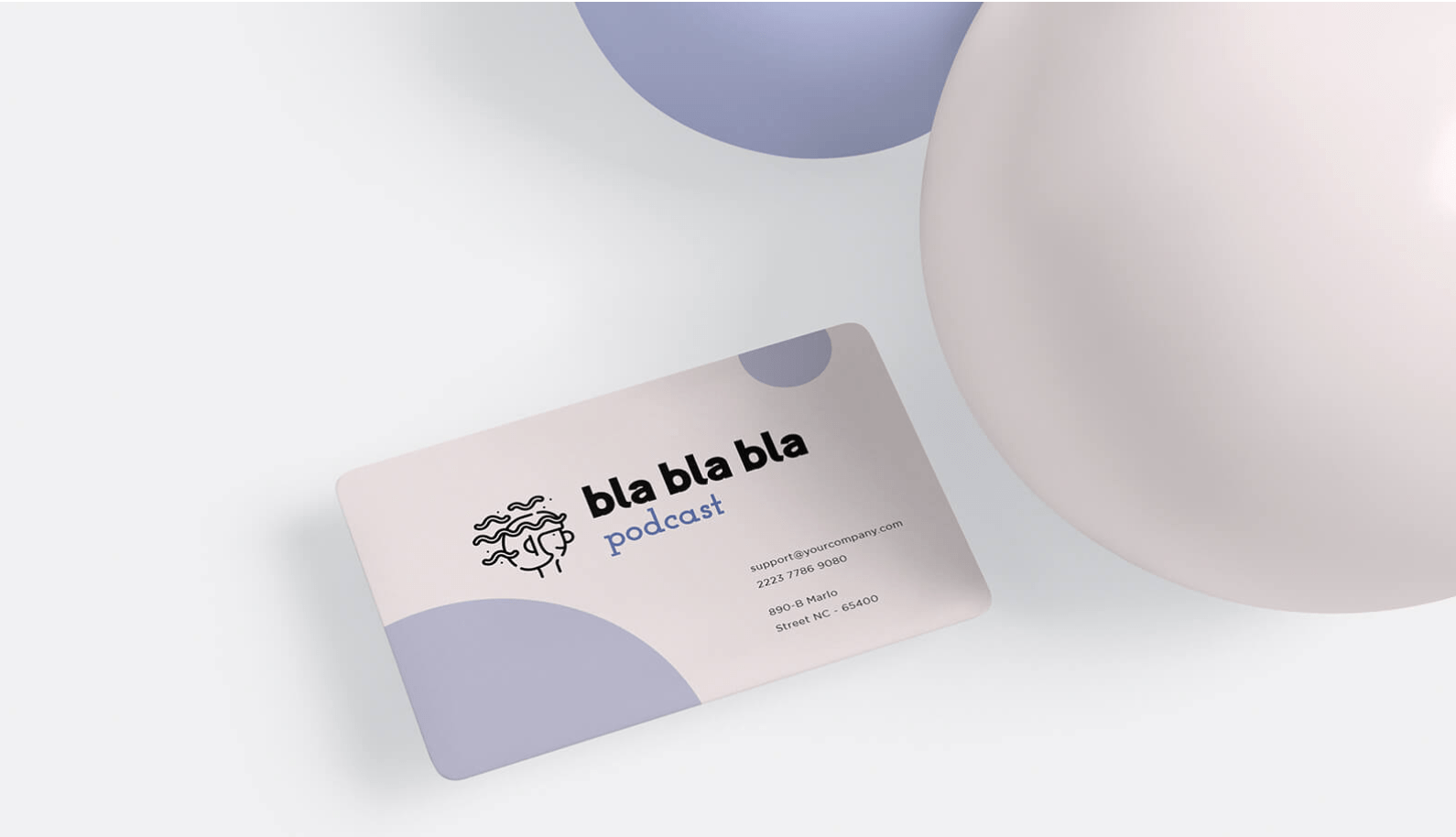
Podcasts quickly took the world by storm. It turns out people love being able to digest information audibly.
And why not? All you need to do is turn on your speakers or put on some headphones. This hands-free approach allows you to do anything while listening, whether it’s cleaning the house, doing the dishes, or going for a jog.
But unless you’re a famous podcaster with thousands of listeners who know you exist, you’ll need to have an eye-catching logo if you want to get noticed.
And here’s why.
When your future listeners browse their phones for their next podcast, they’re presented with a list of podcast logos and covers. It’s a visual experience, which means your logo needs to instantly reach out, grab their attention, and let them know your podcast is just what they’re looking for.
We’ve put together this guide to help you create the best podcast logo you can. Continue on to find out how!
If you’re still finding your podcast feet, you may not have nailed down a specific topic or topics for your podcast. And if that’s the case, take a moment, step back, and ask yourself:
Some listeners want to be entertained. Some want to learn. Some just want to pass the time. By nailing down your main topic(s) and zeroing in on what your listeners want to get out of your podcast, you can ensure that your podcast will meet their needs, and they’ll come back for more.
Then, try to identify the tone that your listeners are looking for. There’s a world of difference between a news podcast that speaks factually and one which has a conversational tone to it.
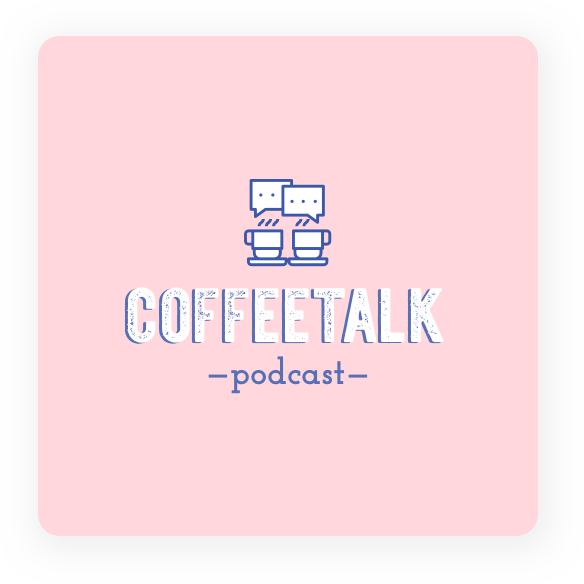
Why is it important to know all this when designing a podcast logo?
Your podcast logo’s purpose is to entice new listeners. If you can make it instantly clear what your podcast is about and what your listeners will get out of it, then you stand a much better chance of getting them to join in the first place.
If your logo is randomly put together, listeners won’t know who you are, what your podcast is about, what they stand to gain from it, or if your tone is one that speaks to them.
Note that the space available to display your podcast logo can sometimes be minimal.
There’s also the issue of multiple directories available, each with its own size requirements and rules. Your listeners might be using Spotify, Google Play, iTunes or another app altogether.
While the requirements will be similar for most of them, you’ll want to follow these tips to ensure your podcast logo looks great no matter where it’s shown:
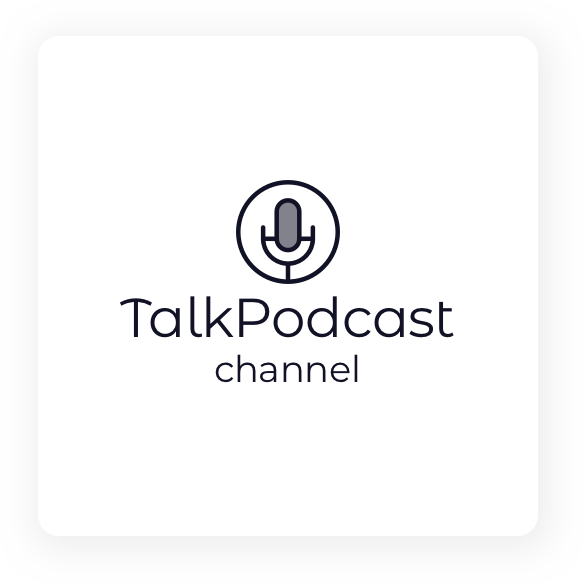
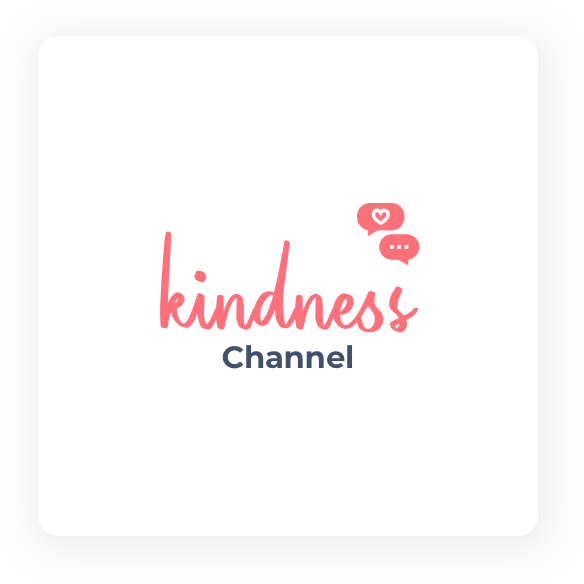
Browsing new podcasts to listen to is a visual battleground. Podcasts are competing against each other for their listeners’ attention.
Your logo’s image is one of your primary weapons in this fight and, if done well, will give you a considerable edge over your competition.
One of the most significant selling points of a podcast is you, the podcaster. You’re the person behind the voice, which is why so many podcast logos have a face of some kind.
It can be a cartoon, photograph, emoji, anything really, as long as it creates a connection between you and your listeners.
If you want to draw attention to your podcast’s main topic, use that as your main image. If your podcast is about gardening, use a gardening tool or fauna. If it’s about military equipment, use a tank. Getting specific with your image will help attract those who are passionate about your podcast’s topic.
Chances are, you’re going to use your podcast logo elsewhere, not just in a directory. You’ll likely want to use it on your website, social media profiles, email signature, business cards, merchandise, etc.
Keeping your logo simple and in a square format will make it super versatile to use pretty much anywhere.
But, if your logo is used outside of a podcast directory, how will they know it’s for a podcast and not something else? To do that, you can include “podcast” in the name, or use podcast-related icons in your logo design to make it clear, such as a microphone or a pair of headphones.
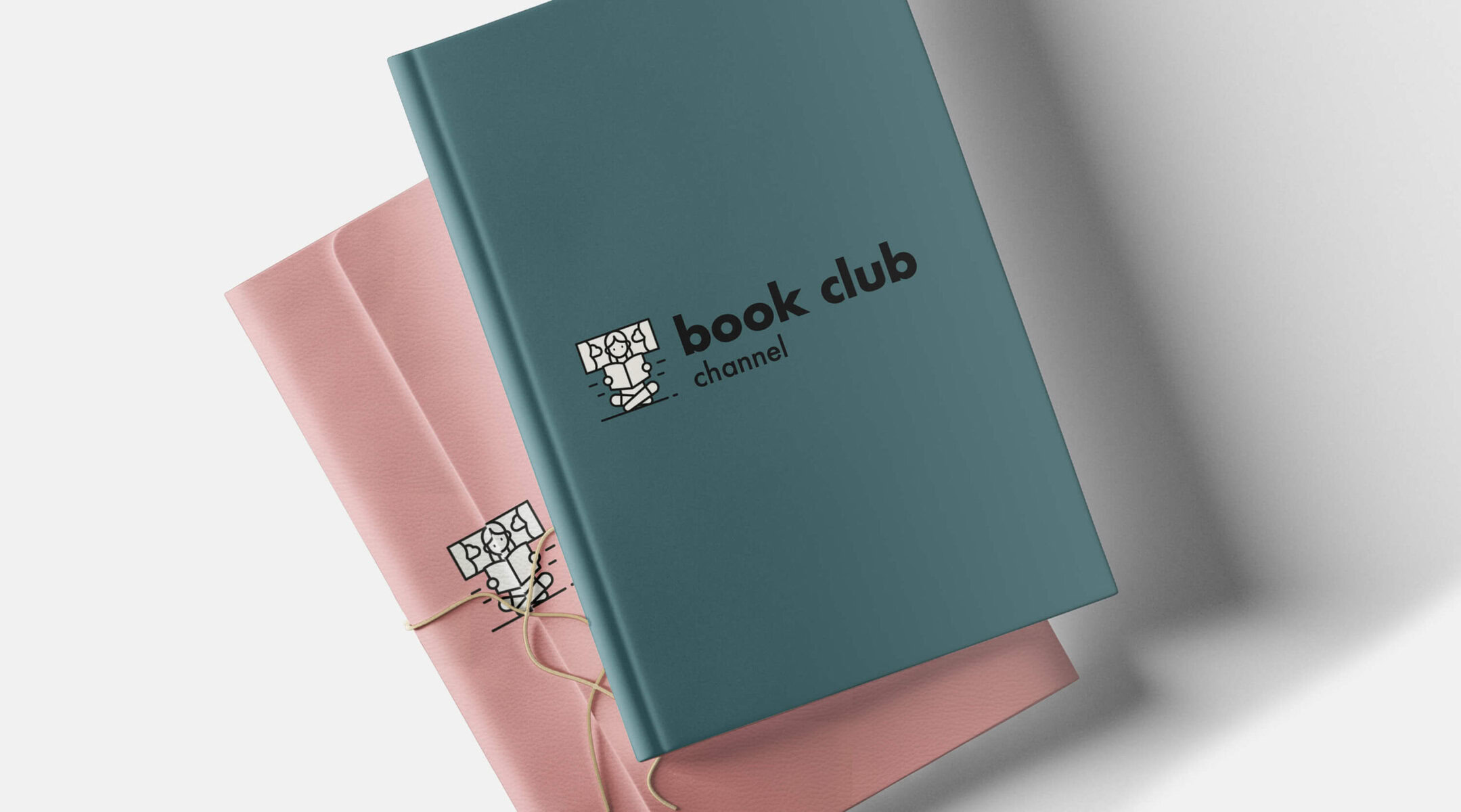
Now that you’ve identified who your listeners are, this part should be easy-peasy.
If your logo style doesn’t match your personality, or doesn’t appeal to your listeners, you’ll struggle to attract new audience members.
For example, if your podcast is about military history, with a factual tone aimed at historians, having a crazy fun-looking logo will probably deter them.
Similarly, if you’re a comedy podcast about recent political events with a logo that looks like a regular news podcast, you’re going to attract the wrong crowd.
To help find a style that fits your audience, take a peek at some of your competition and see which techniques they’re using and whether you can use those to inspire your podcast logo.
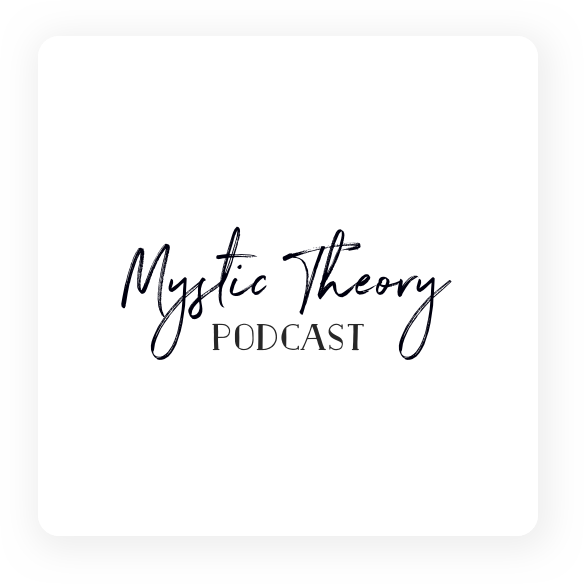
Did you know that there’s a whole world of psychology which explains how people perceive colors and the messages they communicate? Mixing and matching colors can have a significant effect on your audience.
It’s essential to know that there’s more to choosing a color palette than picking shades that stand out and get your logo noticed.
There’s a strong connection between colors and emotions, so we put together this little cheat sheet to help you choose logo colors that bring out the best in your design:
You can mix and match colors to create a palette that represents your podcast’s tone and appeals to your target audience.
To help your audience find your podcast and let them know what’s in store for them when they press Play for the first time, consider using your podcast name in your logo.
If you look through any podcast directory, you’ll see that nearly everyone does it anyway. Only established podcasts can get away with not using their podcast name.
This is why picking a font that shows off your podcast’s personality is vital. It’s another way for you to target your listeners and highlight why your podcast is for them.
There are 4 main font families – or types of fonts – you can choose from, with hundreds of unique fonts inside of them. Choose the font family which best aligns with your target audience:
Serif – Popular serif fonts like Times New Roman and Baskerville are instantly recognizable thanks to each letter’s extra lines (serifs). These serifs create a font that looks professional and classy. Newspapers, for example, use them to highlight their age and professionalism.
Sans-serif – By removing the extra lines, sans-serif fonts appear more modern and straightforward. You’ll notice many hi-tech companies like Twitter and Facebook use sans-serif fonts— a good choice if your podcast is relaxed with a less-than-serious tone.
Cursive – Cursive fonts mimic handwriting and are the most elegant font by far, but they can be hard to read, especially for non-native English speakers.
Experiment with different fonts to find one that matches your tone of voice and appeals to your target audience. Finally, make sure that it’s easy to read, especially when your logo appears on small screens.
When your podcast and logo work together, you’ll help attract new listeners that are interested in what you have to say and will eagerly await your next podcast.
The good news is you don’t have to try and do it yourself. Kickstart your podcast logo with our AI logo design tool to automatically create a podcast logo that matches your tone, style and target audience!
This portion of our website is for informational or educational purposes only. Tailor Brands is not a law firm, and the information on this website does not constitute legal advice. All statements, opinions, recommendations, and conclusions are solely the expression of the author and provided on an as-is basis. Accordingly, Tailor Brands is not responsible for the information and/or its accuracy or completeness. It also does not indicate any affiliation between Tailor Brands and any other brands, services or logos on this page.
Products
Resources
©2025 Copyright Tailor Brands